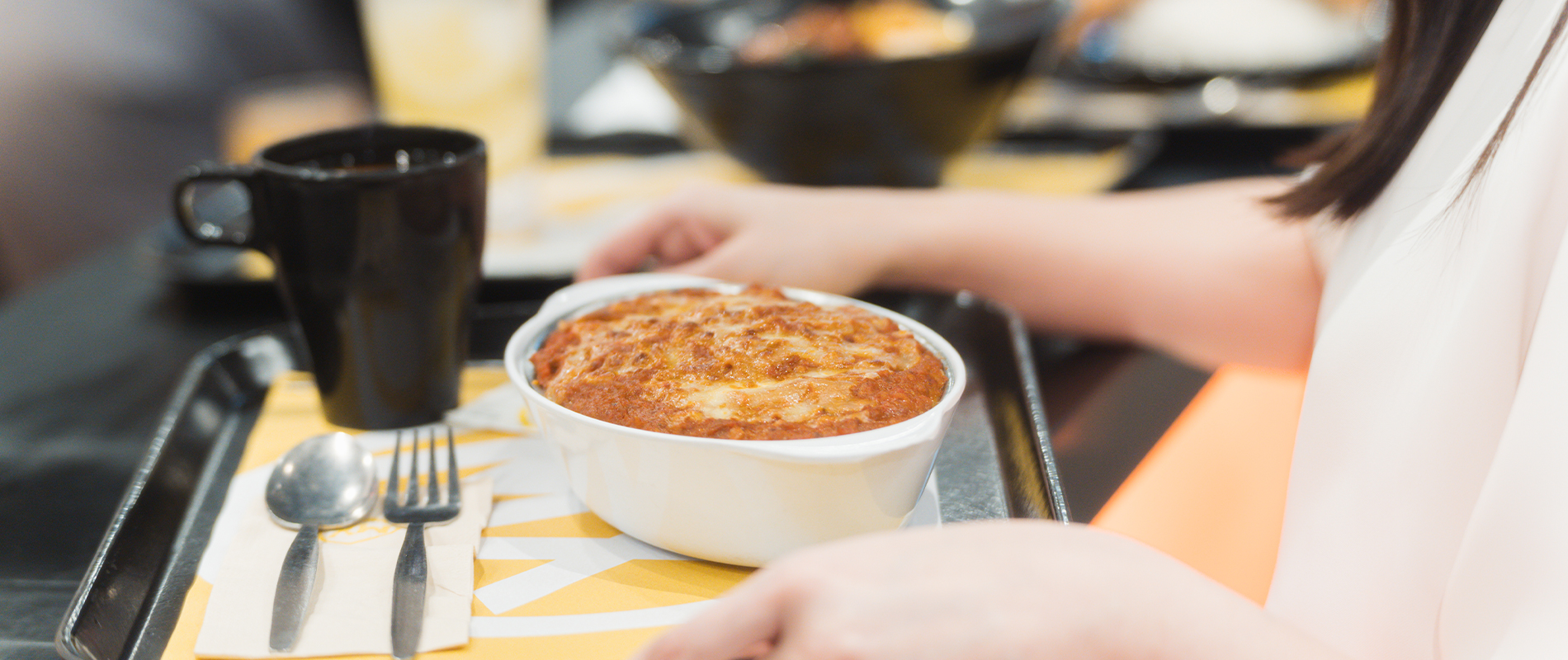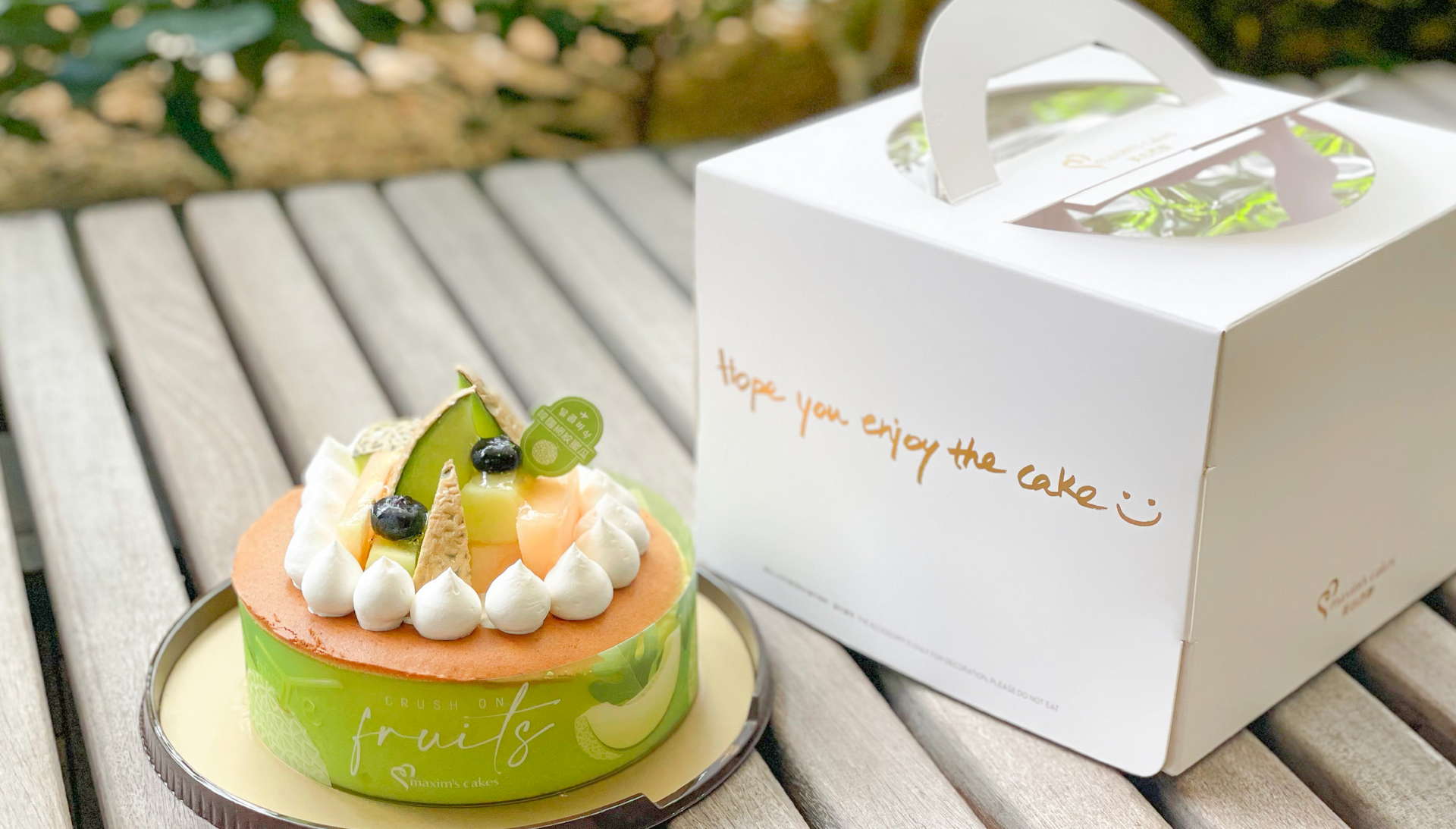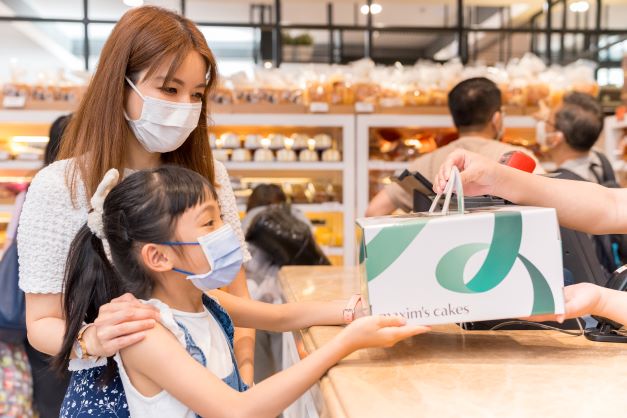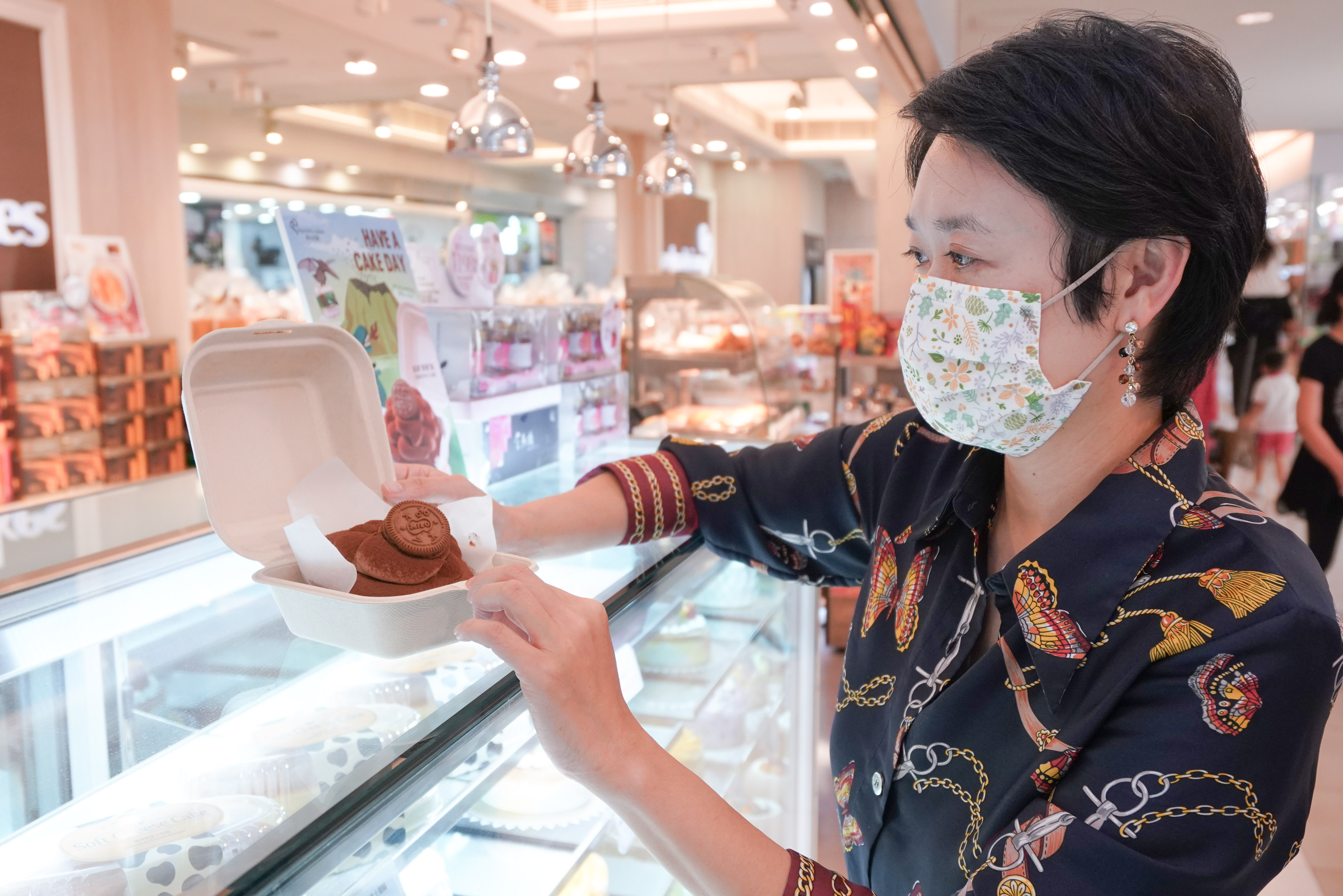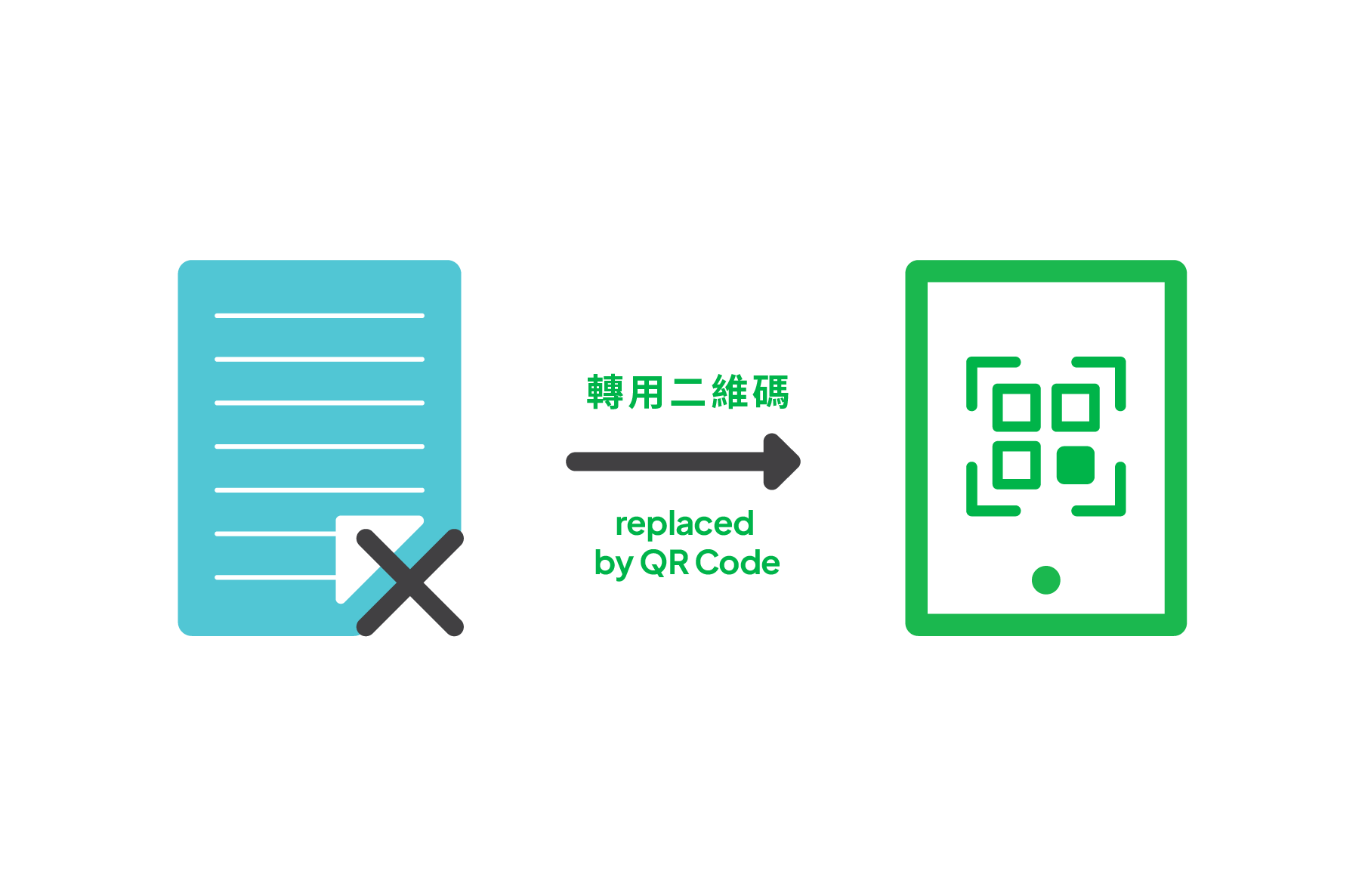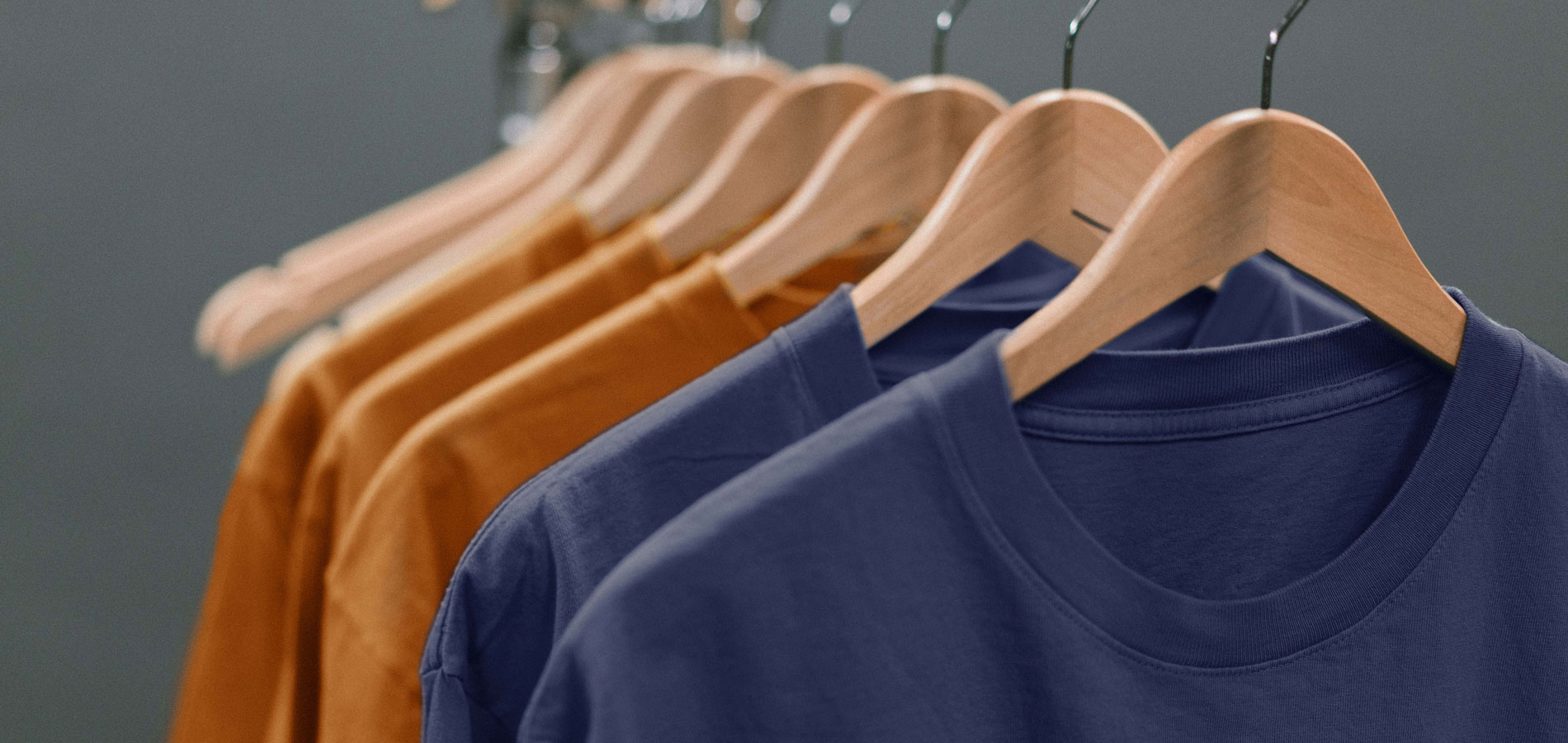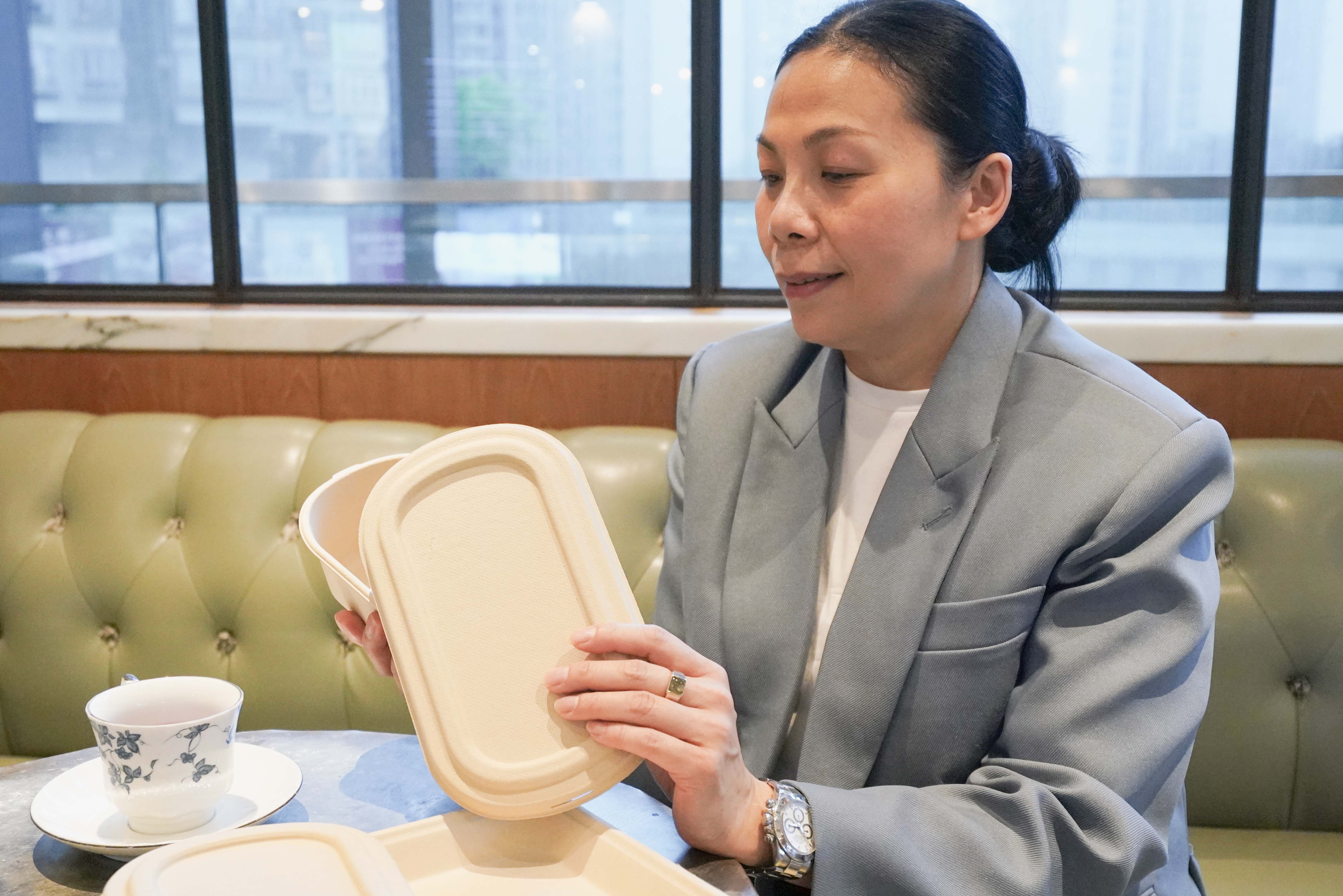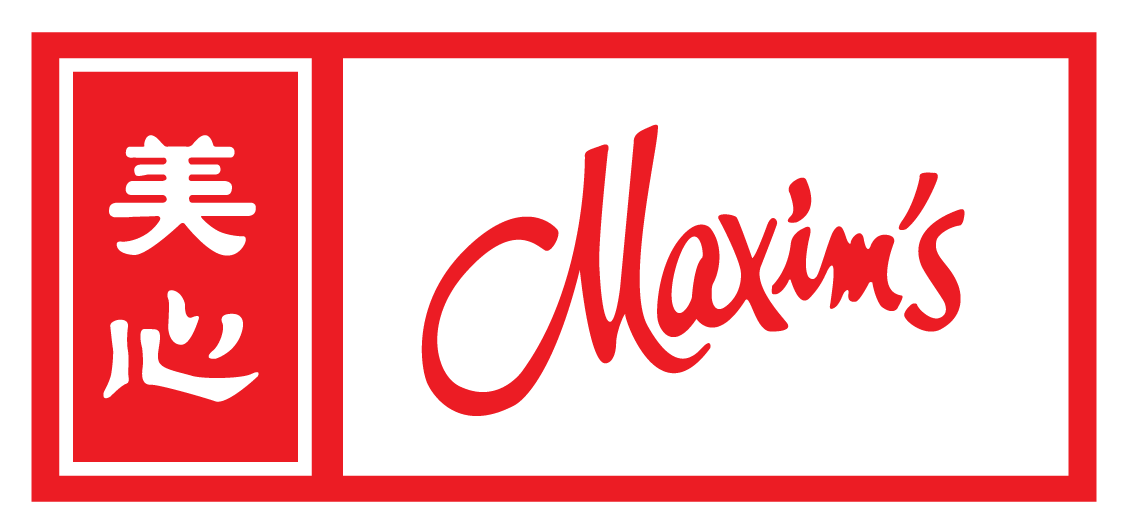Reusable utensils are used for dine-in at all Maxim’s MX outlets starting from July this year to achieve zero single-use plastic.
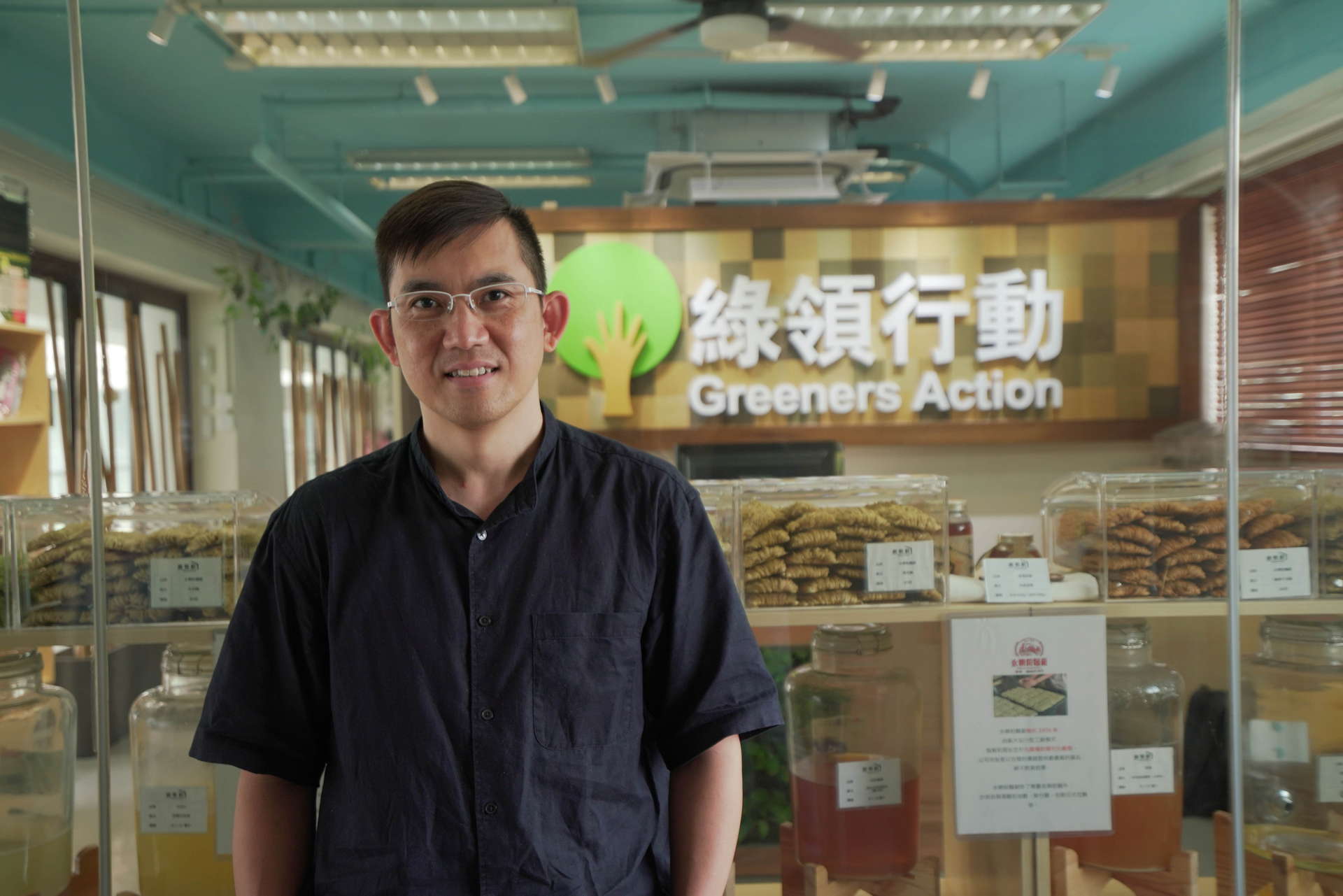
“The success of the straw-free campaign planted the seed for reducing plastic use; from this we've seen an obvious shift in people’s plastic use habits,” explained Angus Ho, Executive Director of Greeners Action. “A drinking straw is small, so people tend to overlook its destructive power. For example, if we see a plastic bottle or a meal box on the floor, we’ll naturally pick it up and throw it into the bin; but a straw doesn’t draw much attention. It may get disposed of in the sea, become microplastic and pollute marine life. Eventually it becomes part of the food chain and is consumed by human beings.”

Thomas Fan, Head of Quick Service Restaurants of Maxim’s Group, agreed that ‘straw-free’ plays a vital role in the plastic-reduction movement. “Many alternative options to plastic straws are available now, such as paper straws and easy-to-drink cup lids. We are in the food service industry, it is our duty to provide a thoughtful dining experience – when we cease supplying certain utensils, an alternative must be provided to avoid inconvenience.” This July, Maxim’s kicked off a new initiative to achieve zero single-use plastics through a total implementation of reusable utensils for dine-in at all outlets.
Maxim’s MX’s roadmap to reduce plastic use:
2022
- Reusable utensils for dine-in at all outlets (zero single-use plastic)
- Complimentary water for dine-in at all outlets to reduce usage of disposable bottles and cups
2018
- Maxim’s MX was the first Chinese fast food chain in Hong Kong to fully implement a straw-free campaign, known as ‘No Straw Day’
- Stopped using styrofoam takeaway containers
2007
- All takeaway containers, utensils and straws made with recyclable plastic
- Serviettes made with FSC certified paper or upcycled paper
However small the good deed, it is worth doing for our zero plastic battle!


